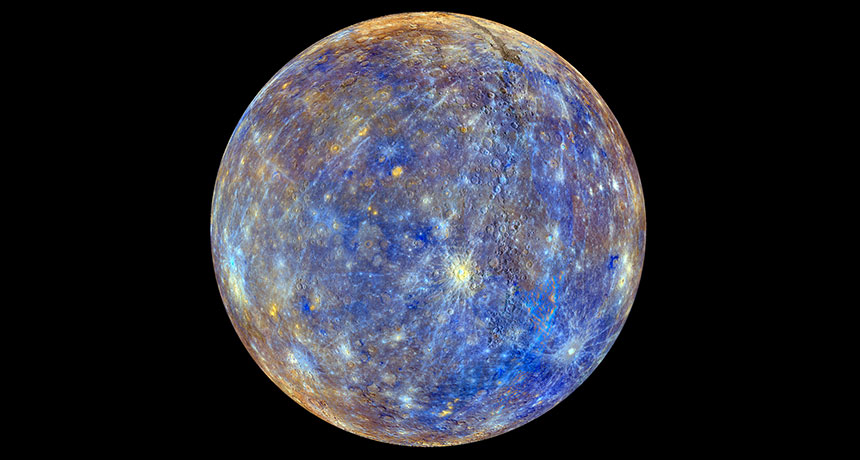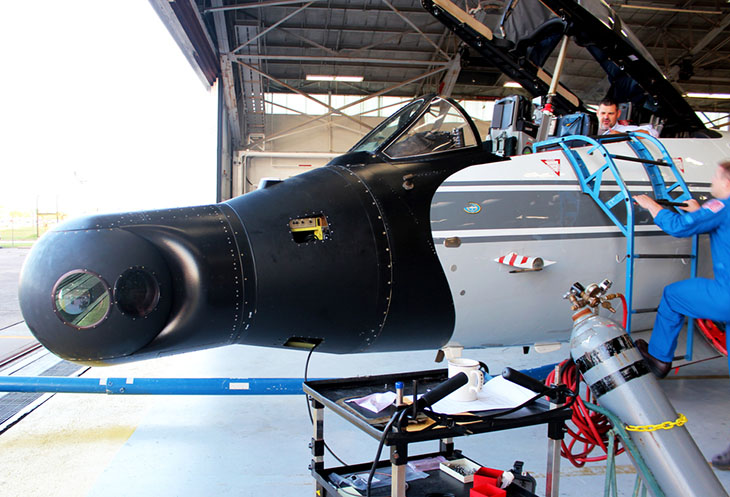
FIRST ROCK FROM THE SUN NASA’s Messenger spacecraft orbited Mercury for four years, giving an unprecedented view of its surface, including this enhanced view of the chemicals and minerals that coat it. A mission during the 2017 total solar eclipse will take a deeper look at the planet.
NASA/Johns Hopkins University Applied Physics Laboratory/Carnegie Institution of Washington









